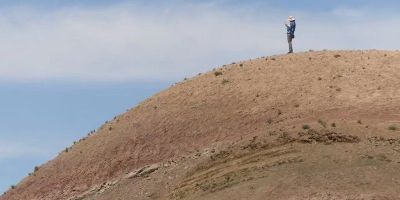News
World’s largest tropical peatlands revealed to be more than 40,000 years old
A peatland complex in the Congo Basin which is known to be a globally important carbon store is twice as old as previously thought, according to a new scientific study.
Sustainability research team wins Best Paper Award
Professors Lucie Middlemiss and Mark Davis have been honoured with the Best Paper Award by Energy Research & Social Science for their groundbreaking research.
International collaboration explores sacred socio-ecological systems
A new interdisciplinary collaboration is taking shape between the School of Geography and the Universidad Nacional Autónoma de México (UNAM).
Exploring Indigenous bioculture in Peru
Researcher Sarah Oakes writes about her interdisciplinary, participatory research investigating sociocultural potato knowledge among Quechua farmers in the Peruvian Andes.
New fossils reveal climate tipping point in most famous mass extinction
The collapse of tropical forests during Earth’s most catastrophic extinction event was the primary cause of the prolonged global warming which followed, according to new research.






